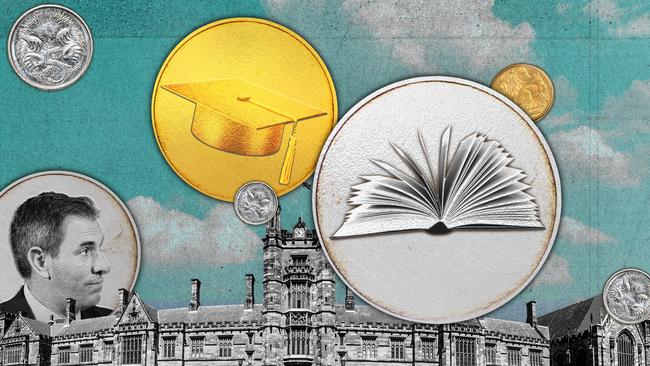
It has set a target of 55 per cent of working age adults having a higher education degree by 2050 and 80 per cent having a tertiary qualification, a wider definition which includes vocational education. And it states that the forecast benefit of this is an extra $240bn (in today’s dollars) in wages paid to Australians in the period up to 2050. It’s not actually that much, in the order of a $1000 a year per full-time worker averaged over the period, but neither is it nothing. It’s a pay-off worth aiming for.
In the budget, the government nominates 2026 as the year to begin serious change, opening up “demand-driven” university access to so-called “equity students” who have a disadvantages such as coming from low socio-economic background, a regional area or having a disability. (First Nations students already have this benefit.) This means that any qualified student from an equity group will get a university place and there will be many more free preparatory courses for those who need extra assistance to meet university standards.
Clearly all this has a cost and at this very moment the government has chosen to announce there will be caps on the number of international students allowed into Australia. It’s not yet clear what level the caps will be set at. But if they are to make a difference in bringing down the politically sensitive net migration rate before the election they will need to be tough, taking away cash from universities. The government’s first attempt at reducing international student numbers – slowing down student visa processing – cost universities over $500m this year.
So on one hand Education Minister Jason Clare is laying out a long-term, expensive route to university expansion while, on the other, he is smashing a key source of university revenue.
And as for research, which is the other major activity of universities aside from teaching, there is nothing for that in the budget apart from another review – a “strategic examination of R&D”. The dissonance is deafening.




In this budget the Albanese government has fired the starting gun on what it hopes will be a 25-year set of rolling reforms – the Universities Accord – which it hopes will embed deeply enough so that they continue long after this particular administration is dead and buried.